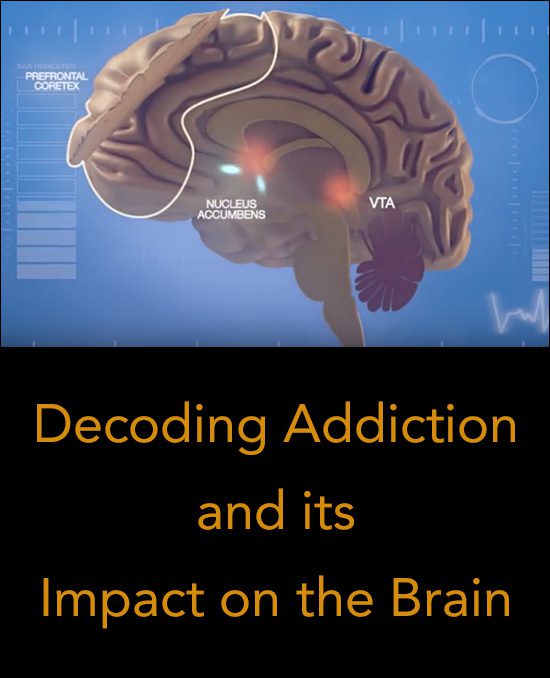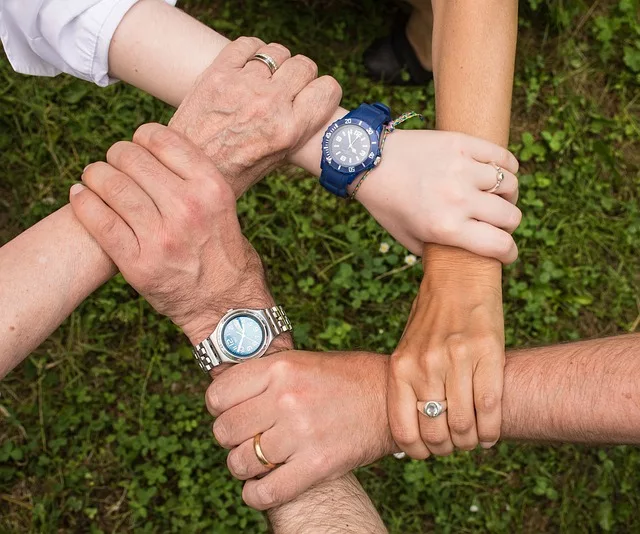Even before the Temperance Movement took hold in the early 20th century or the founding of Alcoholics Anonymous shortly thereafter, most people considered addiction to be a moral failing.
The thinking assumed that a lack of character and willpower was the spiritual germ that led people to destroy their lives with alcohol, drugs, gambling and myriad other activities that caused compulsive pleasure seeking.
Today, however, neuroscientists are closer than ever before to identifying what actually triggers the disease of addiction and why quitting is so hard.

Addiction is often misunderstood. Not only is the disease characterized by physical dependence or withdrawal from a substance, it’s also defined as a compulsion to engage in any pleasurable activity despite negative life consequences.
This is why the most recent edition of the Diagnostic and Statistical Manual of Mental Disorders (DSM-V) upgraded the diagnosis of Pathological Gambling to Gambling Disorder.
In other words, and this is what much of the controversy used to revolve around, addiction is possible without a drug to, well, get a person addicted. It’s because of the way the brain’s circuitry and reward system work to produce cravings.
The Brain’s Reward System
“We are all exquisite reward detectors,” Anna Rose Childress told National Geographic Magazine. A clinical neuroscientist at the University of Pennsylvania’s Center for Studies of Addiction, Childress added, “It’s our evolutionary legacy.”
Childress’s work focuses on magnetic resonance imaging (MRI) scans of the brain. She’s able to track neural activity by following blood flow in the brain, essentially mapping circuits that light up when an individual is experiencing a craving.
The brain’s reward circuitry is a primal part of human survival. It’s essentially a prehistoric instinct that triggered people to hunt and gather food and to procreate before their enemies, other tribes or wild animals, outnumbered them.
Some neuroscientists suggest that addiction will soon be a condition that physicians will be able to treat – no exaggerating- by rewiring the brain’s circuitry.
A neurologist at the National Institute on Drug Abuse (NIDA), Antonello Bonci, and a colleague effectively cured lab rats of cocaine addiction by stimulating areas of the animals’ brains that related to impulse control.
In his study, Bonci concludes by writing, “…targeted stimulation of the prefrontal cortex could serve as a promising therapy for treating compulsive drug use.”
How Does Addiction Alter the Brain?
What researchers have learned from years of studying addiction’s effect on the mind and body is that the disease alters brain function in very specific ways – it changes the structure and function – like some of the following:
- Disrupts neural pathways related to cognition, emotional regulation, habit formation and pleasure
- Changes in the brain’s chemistry alter cell-to-cell signaling, which can impact the most basic ability to learn things
- Chemical dependency will remold the brain’s circuits to value drugs like heroin, alcohol, cocaine or methamphetamine with extreme prejudice, which is why even thinking about a drug can trigger cravings in a recovering drug addict
“In a sense,” Bonci tells Nat Geo writer Fran Smith, “addiction is a pathological form of learning.”
To clarify, addicts continue to use drugs or gamble or play videogames or engage in risky sexual behavior or any addictive pleasure seeking despite feelings of shame and guilt, despite social isolation and other negative consequences because the disease of addiction has rewired their brains to value the substance or behavior over everything else.
New Addiction Treatments
Transcranial Magnetic Stimulation (TMS) is a non-invasive treatment that stimulates the prefrontal cortex, the area of the brain that sparks visualizations that trigger cravings. Not only do people suffering from drug-resistant depression benefit from it, but research suggests promise in the treatment of addiction too.
With a nationwide crisis of opioid addiction in the U.S. and, according to the United Nations office on Drugs and Crime, a staggering quarter of a billion people use illicit drugs worldwide, getting closer to a more potent treatment for addiction is vital.
Faith-based approaches, such as the 12-steps have helped many people, though for the vast majority, relapse is always a possibility. With evidence-based treatments and new approaches, the disease of addiction could be recognized by science as a condition that sometime in the future, might be curable.
Related:
Addiction Treatment: Research vs. Reality
Substance Abuse Interrupts Nerve Cells in the Brain





